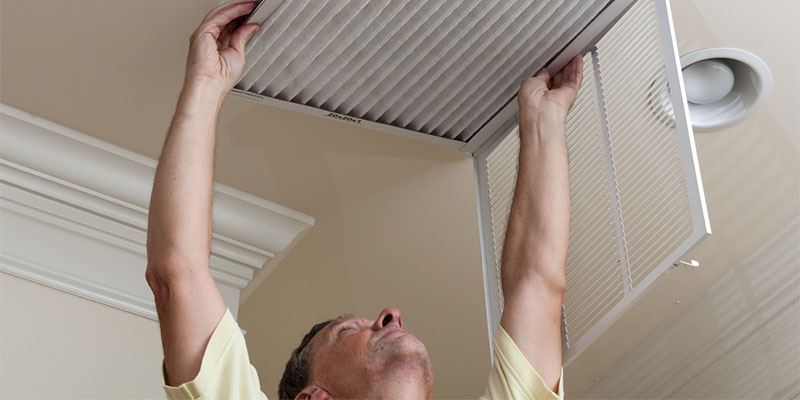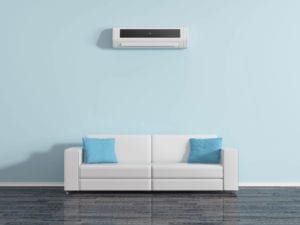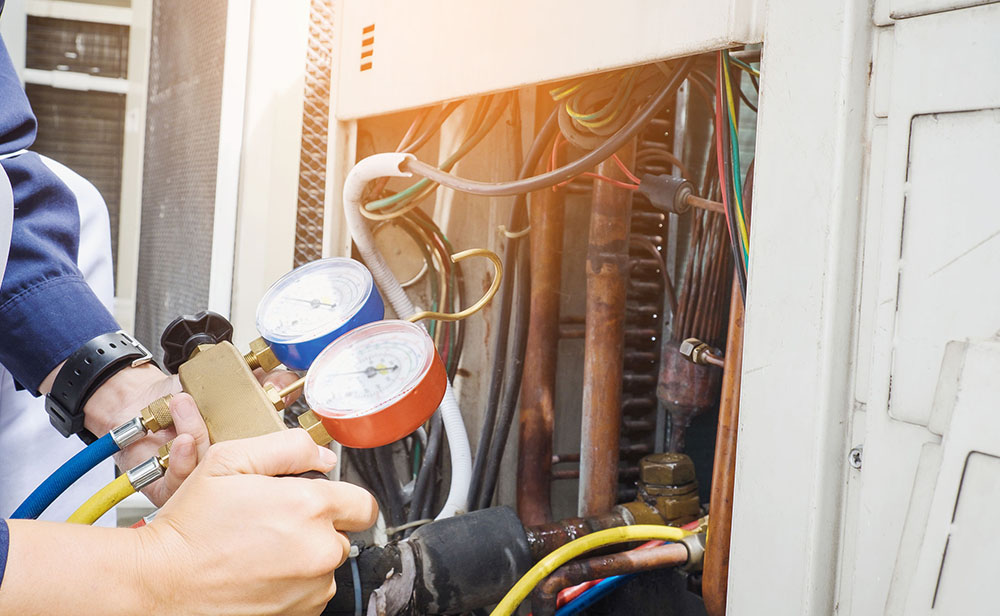[toc content=”.entry-content”]
What is HVAC?
HVAC is a commonly used term, but do you know what each of those letters stand for? We’re here to lay it all out for you.
The short answer: heating, ventilation and air conditioning.
Generally speaking,HVAC refers to the technology of moving air between indoor facilities and the outdoors, as well as the heating and cooling of residential homes/apartments, and commercial buildings. When you look for HVAC services, you’re looking for someone who installs or repairs the systems that perform all of these things.
Let’s take a closer look at each of these areas.
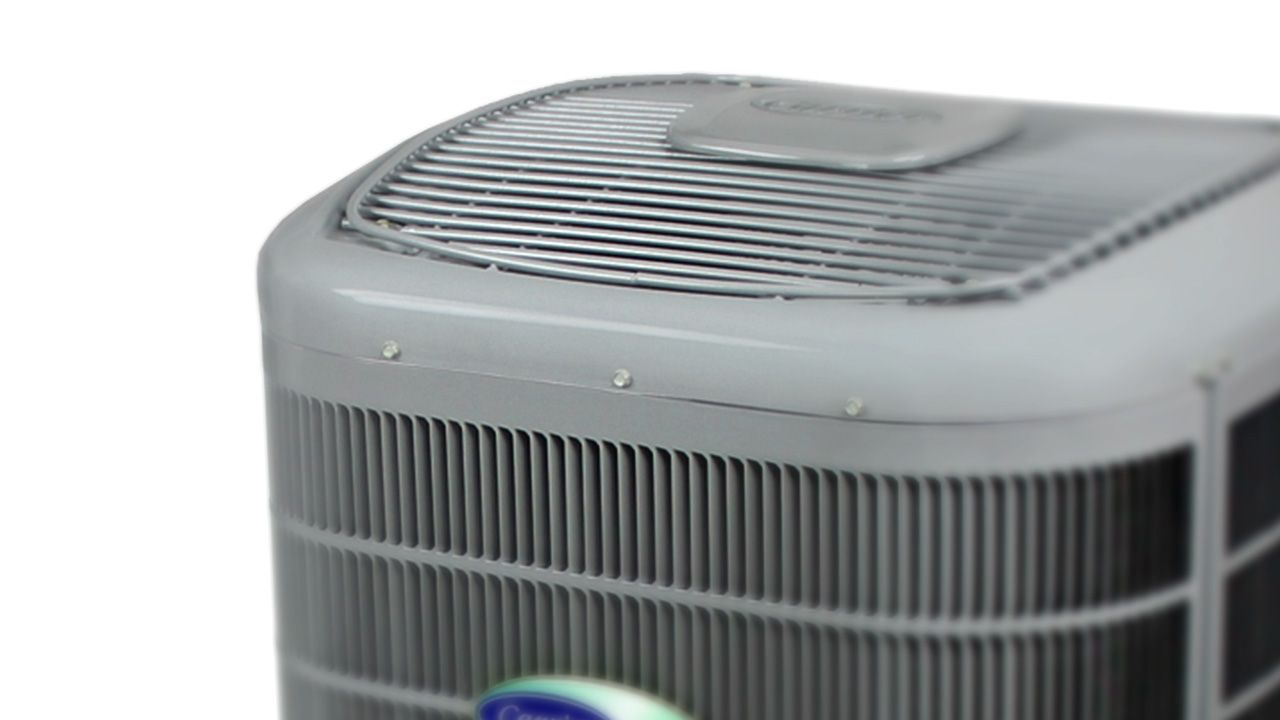
Heating
Every home, and every building may have a different heating system depending on when and where it was built. Most U.S. homes have central heat that is produced through a furnace, heat pump or boiler.
A furnace is the most common type of heating system in American homes. A ducted warm-air, also referred to as a forced warm-air furnace system works by blowing warm air through ducts that flow into each room through a grill or an air register.
In many homes, a furnace is powered by gas or oil-fired where the fuel source is mixed with air, burned, and the heated air is then pushed through a heat exchanger and forced through the duct work.
Other homes have hydronic systems that use water-heaters, also called boilers. Instead of heating the air, a water heater will flow hot water throughout the house, which produces heat as it goes through radiators present in each room. Residential boilers are also powered by natural gas or heating oil.
Finally, if you home does not use a furnace or hydronic system, it likely uses a heat pump. One way to think of a heat pump is a two-way air conditioner. In the summer, it removes heat from the home and moves it outside. During winter, it reverses course and pulls air from the outdoors where it is heated by an electrical system, then forces the heated air into the house. Some heat pumps work above ground, others use the constant temperature of the ground.
During the first cold snap of each year, HVAC companies get inundated with repair requests because the callers’ heating systems have failed to work after their dormant period. Without regular preventative maintenance, a number of things can go wrong to prevent the air from being heated, or the air flow being restricted. Ideally, homeowners will get have their systems checked and cleaned two times a year. These checkups can be done any time of year; however, if done before the system’s busiest seasons with extreme temperatures, homeowners can be saved the trouble when they need they systems operating properly the most.
Ventilation
The most commonly overlooked component of HVAC is ventilation, although the importance of ventilation is critical to the comfort of a home. It can affect the smell, health of the home’s residents, and has a direct impact on the efficiency and performance of an HVAC system.
Ventilation is what moves the air from room-to-room throughout the home. Ideally, it gets the perfect ratio of fresh air moving through the house. When there’s too much moisture, or a home’s resident has experienced respiratory issues, this could be an indication of a problem with the home’s ventilation.
There are several types of air ducts that are present in homes, and some homeowners decide to change this after having issues with air quality, or uneven air distribution. Your home’s ventilation may be set up to only move air outside of the house, or vise versa. There are also balanced systems that do both.
Ventilation is also where air filters prevent volatile organic compounds (VOCs) and other airborne particles from contaminating the air. Homeowners may also opt for other tools depending on the issues in the home including air purifiers, dehumidifier and humidifiers.
There are also modern ventilators that operate separately from the main HVAC system, constantly flowing fresh air through the home regardless to if the HVAC is running.
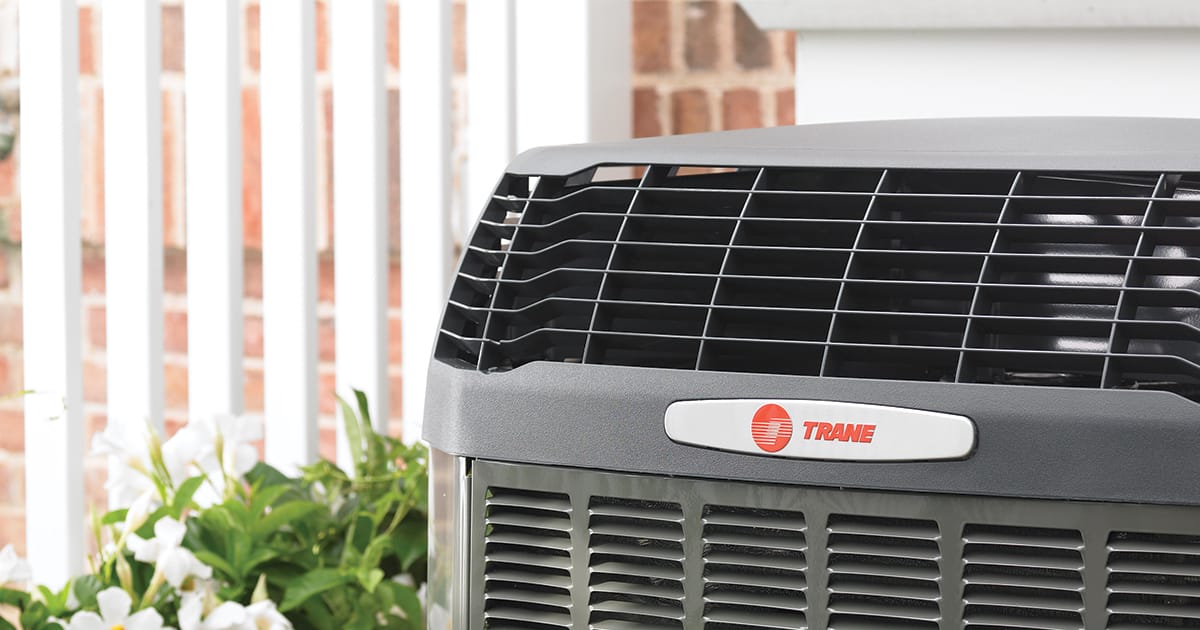
Air Conditioning
Air conditioning is a major source of energy use in the United States. In fact, 6 percent of all electricity produced here comes from air conditioning units, costing $29 billion to homeowners each year according to the U.S. Department of Energy.
There are several air conditioning types used in American homes. Many homes use central air conditioners. Some individuals may also use room air conditioners. There are also a hybrid of the two, a ductless mini-split air conditioner that is often found in multi-family buildings like apartments and hotels. These are also popular in room additions to homes where duct work cannot be extended.
Central Air
Central air conditioners work by circulating cool air through supply ducts and registers located on floors, ceilings and walls throughout the home. As the air warms within the home, it is again cooled by the central air conditioner after being pulled through return ducts and registers.
There are two types of central air conditioners: split-system and packaged units.
Split-system units have an outdoor and indoor cabinet. The outdoor cabinet contains the condenser and the compressor. The condenser is a hot coil that releases heat outside. The compressor is a pump that moves refrigerant between the evaporator and the condenser.
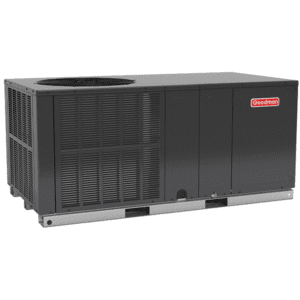
A packaged unit has everything — the condenser, evaporator and compressor all within a single cabinet located outside. If at a home, it is usually placed on a concrete slab. This type of system is also commonly found in small commercial buildings. With this system, air reaches the packaged unit after being collected from air supply and return ducts located on the roof, or even the exterior of the home. What’s more — these package units often contain electric heating coils or even natural gas furnaces as well, which means the homeowner does not need a separate indoor furnace.
Central air conditioners are by far the most efficient models, and the newer the model, the more efficient. In fact, while you can stretch the life of your HVAC unit for many years, a unit that is just 10 years old is 20-to-40 percent less efficient than newest models. This means they are less expensive to run as well. Still, there are several tips homeowners can take to reduce their total cost of operation and lower their energy bill during costly periods like the summer.
Room Air Conditioners and Ductless Mini-Split Systems
Generally speaking, room air conditioners are the least efficient to run. They also require proper sizing in order to effectively cool the room. Generally speaking, a room unit needs 20 Btu for each square foot of the area. There are many other factors that can determine how effective a room unit operates, such as where it is placed in the room, the height of the room, direct sunlight, humidity and window size.
A ductless mini-split operates more like a central system in that is has an outdoor compressor and condenser in addition to an air-handling unit indoors. Linking the outdoor and indoor units is a conduit that contains the tubing for refrigerant and suction, power cable, as well as a drain for condensation. They are ideal for heating individual rooms efficiently, hence their popularity in multi-family HVAC.
One advantage of the mini-split is actually that face that it is ductless — 30 percent of energy consumption in space conditioning can be attributed to duct losses. Because of their versatility, they also offer more in the way for interior design.
Finding an HVAC Contractor
There are plenty of options when it comes to HVAC contractors in Raleigh, NC. Homeowners want to find someone that they can trust, but they also want to spend their money wisely. HVAC costs often don’t come cheap, so having a good relationship with a reliable contractor is of utmost importance.
Homeowners in Raleigh may choose to go with a larger company, or they may choose a smaller company or individual contractor. Often times, going with smaller companies can save homeowners more money because they don’t have the burden of moving inventory.
Homeowners can use several tips to ensure they are working with the right HVAC contractor, such as confirming the contractor is licensed and insured, as well as checking out references. Even though the internet provides plenty of opportunity for public reviews, homeowners can still ask for individual recommendations. Also, especially when having large projects performed, homeowners can feel confident they are getting the best rate and job performance by getting estimates from several different contractors.
Taking Care of Your System
The easiest way to save on costs overall is taking care of the HVAC system with small tasks that can be done by the homeowner, as well as bi-annual maintenance from a professional. There are several things homeowners can do to ensure their HVAC systems are running efficiently, such as replacing air filters, investing in modern thermostats, mindfully setting the thermostats, and utilizing air circulation like ceiling fans.

